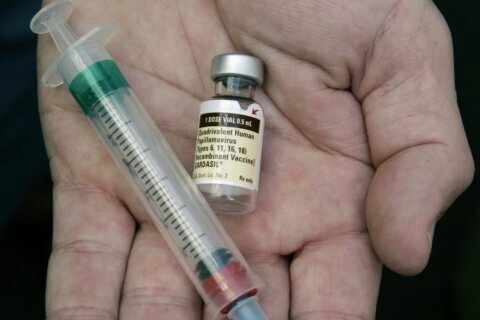WASHINGTON — Heart disease tends to be a condition that plagues mainly older adults. But that is no longer the case now that researchers are finding signs of early heart damage in obese children.
Researchers conducted imaging tests on 40 children in Kentucky — half were obese and half had a normal weight. The MRIs turned up worrisome signs of heart trouble in a striking number of the obese children, who ranged in age from 8 to 18.
The results were disturbing to Dr. Michele Mietus Snyder, a preventive pediatric cardiologist and co-director of the Children’s National Obesity Institute.
“They are finding early evidence of myocardial dysfunction — strain on the left ventricle, the main pumping chamber of the heart — in obese children,” she explains.
Mietus Snyder says preventive cardiologists have long been concerned about the impact extra weight in childhood could have a person’s health later in life. What struck her about this study was the researchers found evidence of cardiac trouble in children who were so young.
Authors of the study, which was funded in part by the National Institutes of Health, say they did not expect that result either, and that plenty of work lies ahead to determine if the cardiac changes in obese children can be reversed over time.
What is known is there is likely a connection to something called the “cardio-metabolic risk” of obesity, which is what happens when the body does not process energy properly over time.
“A body that shows cardio-metabolic risk is usually a body that doesn’t have enough room in fat cells for the excess calories,” says Mietus Snyder.
She says the excess thickening in the heart muscle in obese children may actually be fat — or lipids — that can’t be stored elsewhere in their bodies.
A lot of work is now being done on cardio-metabolic risk because it makes obesity such a health problem for children, she says.
For some, lifestyle changes — improving nutrition and gradually adding exercise — can make a difference.
And there is one bright spot, according to Mietus Snyder. When children with cardio-metabolic risk begin to lose weight, they typically first shed fat stored around the organs — places where it shouldn’t be.
“We know that to be true for the liver,” she says, adding her hope is that it will also prove to be true for a thickened heart muscle.







